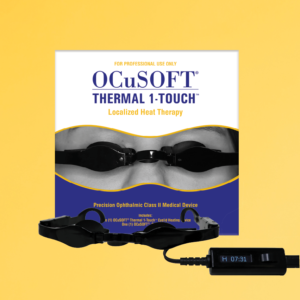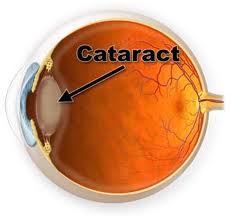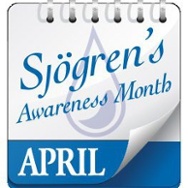A Mediterranean diet is representative of the countries bordering the Mediterranean Sea. The menu includes daily consumption of vegetables, fruits, whole grains, healthy fat, fish, poultry, beans and eggs. Dairy and red meat are limited.
A new study shows that to gain the benefits of a Mediterranean diet all components should be included to achieve a nutrient rich diet. It is also important to limit or eliminate processed foods and “white” foods such as rice, bread and sugar.

So how can you consume a daily menu with all components of the Mediterranean diet? Challenge yourself to find ways to add more vegetables to each meal? A handful of fresh spinach tossed into pasta or soup turns into about a tablespoon of nutrient rich greens. Adding nuts, fruits and vegetables into snacks and meals can push out unhealthy processed food. Plus, certain nuts and seed nourish the retina with vitamin E, a powerful antioxidant. Make small changes initially so your palate can adjust and reduce cravings.
Pay attention to what you are eating. I know “mindful” is an over used word lately, but it applies to eating and changing habits. Be mindful of what you are putting into your mouth, savor each bite. If it’s not enjoyable find something that is tasty and relish each bite. I’m not talking about more chips or cookies, but maybe a fresh peach or handful of blueberries mixed in with your yogurt or oatmeal. And if it is “junk food,” definitely appreciate it and think about taking 1 or 2 bites instead of finishing the whole package.
We can’t control all factors that effect our health, but we can control what we eat. Start with small changes. Add vegetables, fruits, whole grains, nuts, fish and poultry. Limit dairy and red meat. Aim to eliminate processed foods and sugar. Eat smaller portions. Give it a try, the only thing you may lose is a couple of pounds.









